The 100-amp service is sufficient for a modest residence that does not require electrical heating. The following article will provide detailed information about this 100 amp service type in electrical wires, including wire size and characteristics.
What Size Wire For 100 Amp Service?
The wire size for AMP service is broken down in the following very useful chart.
According to the table above, a 100 amp service necessitates a wire size of around 1.25 inches. Copper is used on wire #4, while aluminum is used on wire #2.
The optimal size for larger conductors to maintain the fill level inside the conductor is 1.5 to 2 inches. Two or more conductors can be run in the same conduit to maintain a sufficient fill space equal to or less than 40% of the pipe volume.
Where Can I Use a 100 Amp Service?
Depending on the size of the house, the grid, and the need for power, a 200 amp or 100 amp wire size service may be used. The 100 amp wire size service is typically reserved for smaller residences with sparse electrical appliance usage, such as those without air conditioners or heaters. The maintenance costs for the service panel are a major reason why many households decide against upgrading it.
Commercial uses like large office buildings with several air conditioning units and massive radiators are appropriate for the 200 amp service. Additionally, this service is utilized in server rooms that house enormous houses for better temperature control and run numerous PCs concurrently.
How Many Wires You Need For 100 Amp Service
To guarantee a steady current that is appropriate for each device. Correct measurement of the instrument panel’s 100 amp wire size cable is required. The electrical links will communicate down to the ground wire from the mains grid via the mains.
The feeder cable will also have four wires, including two hot wires, one neutral wire, and one ground wire. Remember that the sub-load board does not allow the neutral and ground wires to be connected.
How To Choose the Right Wire

Each type of wire is offered in various colors and sizes to make it simple for clients to identify and select the appropriate wire. The power cord must be linked to the family’s gadgets to minimize confusion during installation and identify the proper amperage. Before choosing a cable for your device, consider the following factors.
Conductor: Aluminum, copper, nickel, or other conductive alloys that effectively conduct electricity without overloading must be used as conductors.
Insulation: Because the wire will radiate extremely intense heat when used in an electrical load, the conductor needs to be covered with a suitable insulating coating. Furthermore, the wire will be adequately protected when exposed to chemicals and dampness.
The outside of the conductor requires an insulating coating consisting of a material such as nylon, cotton, or other insulating materials.
Procedure: Do conductors need to be cut or stripped as part of the processing process? Will there be manual or automated processing?
Copper vs Aluminum: Which Wire Should You Buy?

For electrical machines and home appliances, copper conductors are very common. You should avoid copper wire because the following factors are important when it comes to copper wiring:
Conductivity: It is second only to silver in terms of electrical conductivity to copper wire. As a result, you can use a lower wire gauge, which can handle greater power demands. Conductors have a diameter half that of copper wires for the same degree of conductivity.
Heat resistance: The AWG copper wire has a higher thermal conductivity than light wire, making it more heat resistant. Copper wire, as shown in the picture, doesn’t expand and contract, so the connections on the lugs are tight.
Corrosion resistance: Its outer surface changes color as it burns, indicating that copper is resistant to corrosion. Electrical paths are not affected by oxidation, which causes an unstable layer.
Distance: Due to its electrical conductivity and heat resistance, copper can be used over longer distances.
Find the Main Service Panel: The center’s main power source is the power supply that goes to the service panel. It attaches inside or outside your house and is a vertical gray metal box. On the other side of the power meter is the control panel.
The main circuit breaker or fuse block should be read: How much power is made available throughout your entire house is determined by the main circuit breaker. It is a double-pole breaker that supplies power to both hot bus bars that pass through the panel from the two 120-volt service wires.
The entire house’s power and all of the branch circuits are turned off by turning this main breaker to the off position, which is a safety measure.
Verify That It Isn’t a Subpanel: A subpanel is an additional service panel that receives power from the main service panel of the house. Subpanels frequently contain branch circuits serving a particular portion of the house and are typically 60 to 100-amp sub panels in size. If your house has a sub panel, the main panel will have a double-pole breaker for it.
FAQs
Can I Use #4 Wire For 100 Amp Service?
For a 100 amp service, wire #4 is necessary. Wire #4 is required to connect wires linking the main electrical circuit breaker board and the electrical load, and it is one of two types of wires that also exist in the electrical system. A #4 wire is required if there are less than 50 feet between the breaker panel and the power line.
Additionally, wire #4 for copper is preferred and frequently used since it has strong heat resistance, doesn’t corrode, and doesn’t interfere with its use.
How Many Amps Will A #4 Wire Carry?
Wire #4 can be amplified by an 85 Amp circuit without damage. The #4 wire is frequently used for equipment, marine wiring, and automotive wiring. In essence, the reason the #4 conductor is important because it may be linked to the ground wire, which is quite advantageous.
Conclusion
The installation of 100 amps is fairly popular. The article above aids in your understanding of the 100 amp service size. A professional electrician who understands electrical equipment should be hired if you wish to upgrade your home to ensure proper wiring arrangements or consider the voltage drop. The requirements for installation are extremely complicated; they must consider both the equipment that needs to be installed correctly and the variables related to it.
See more:

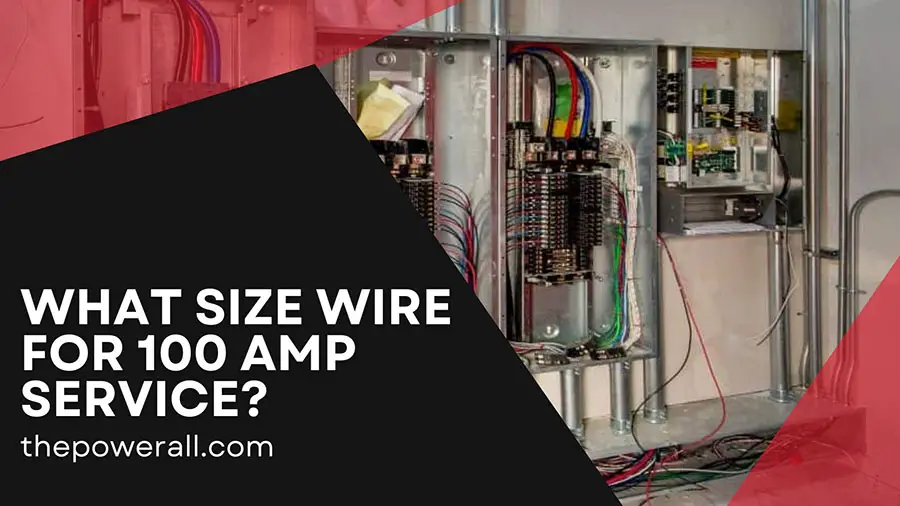

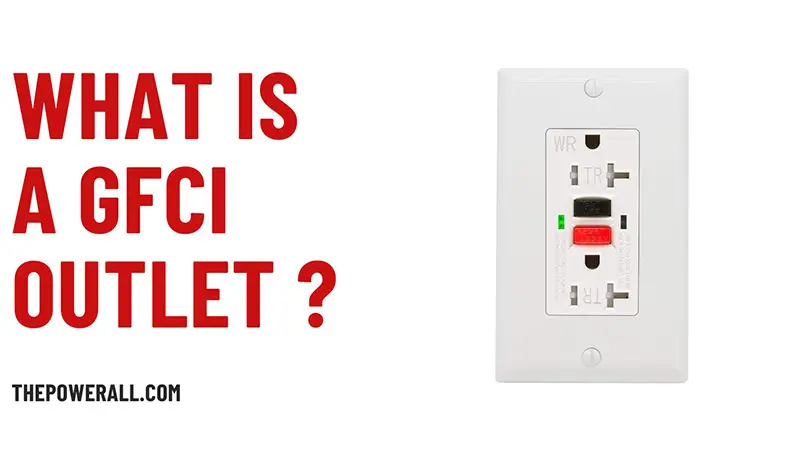
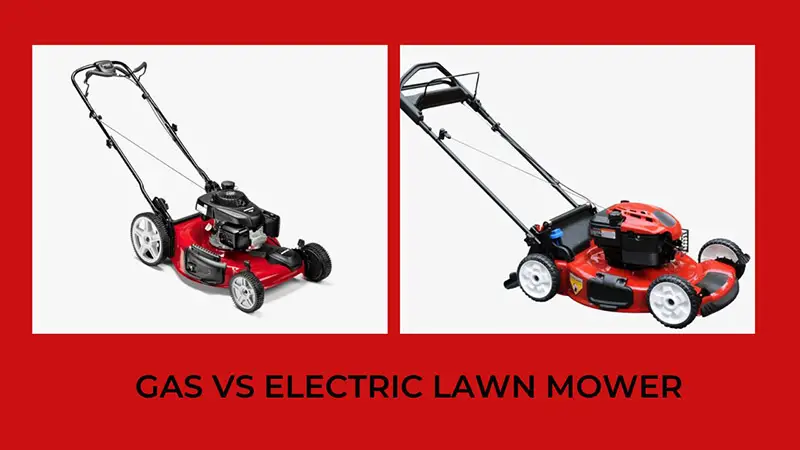
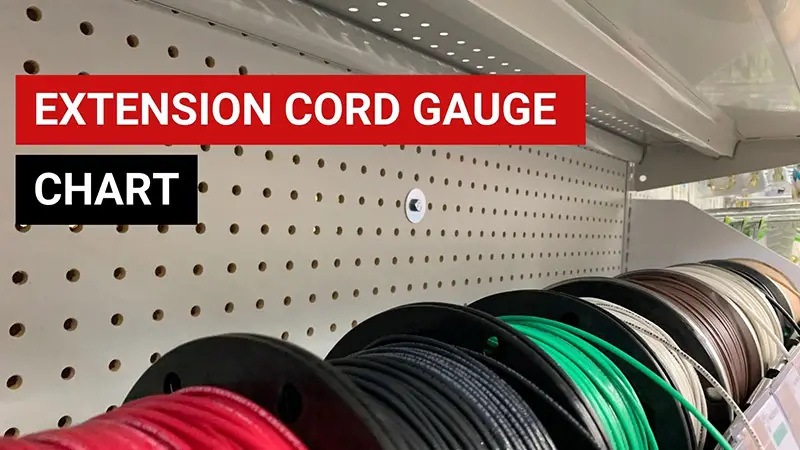
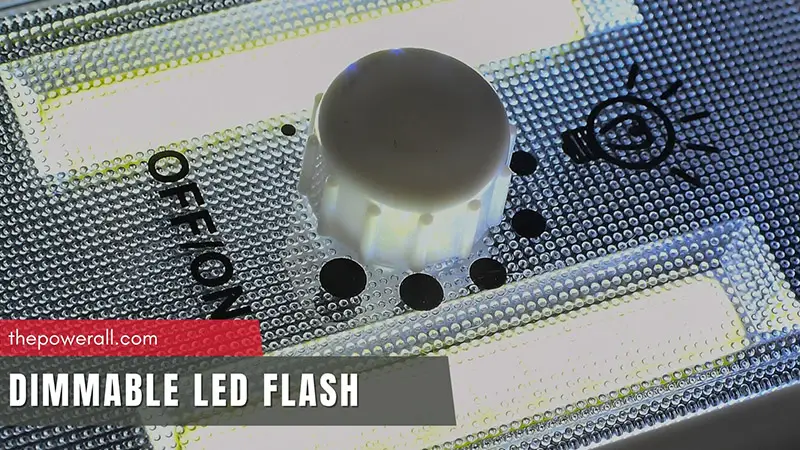
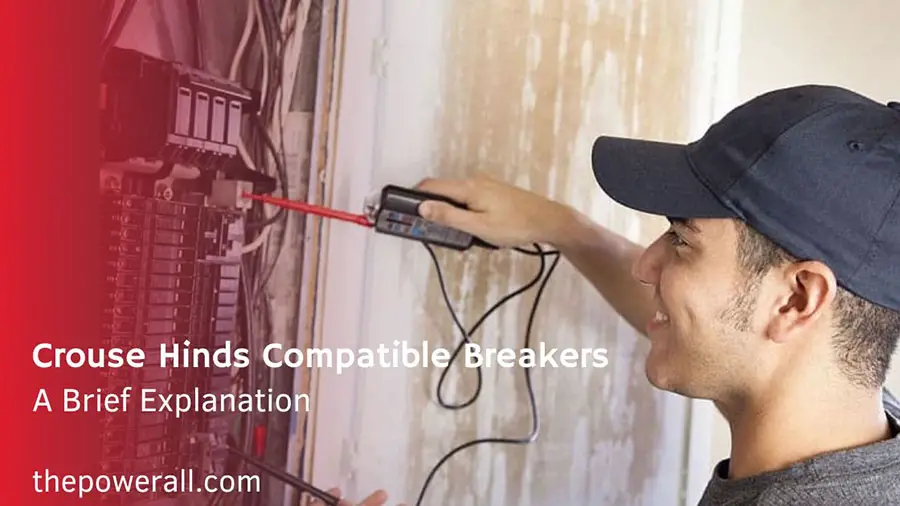
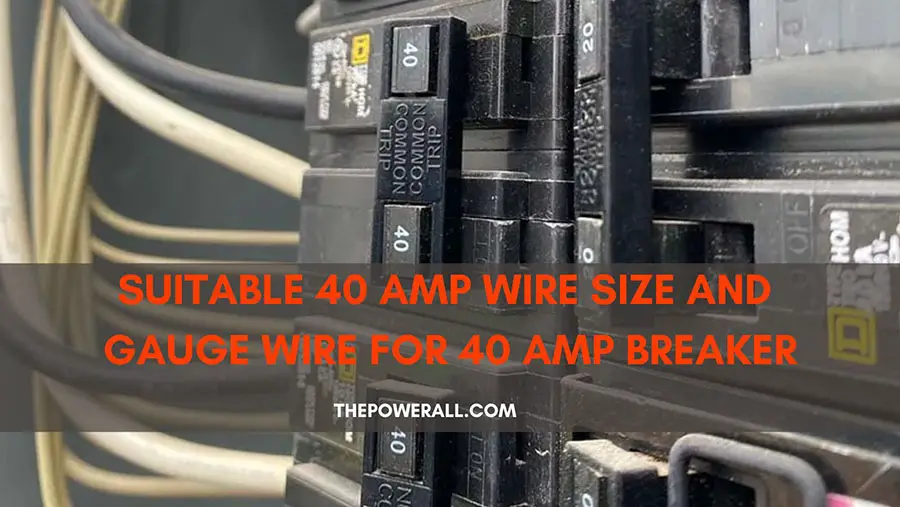
0 Comments